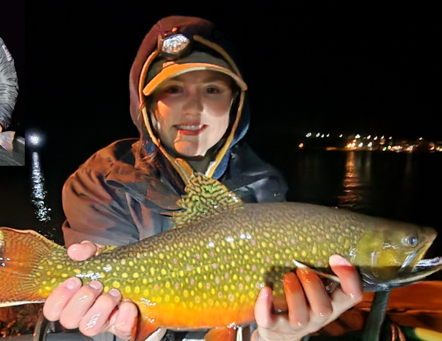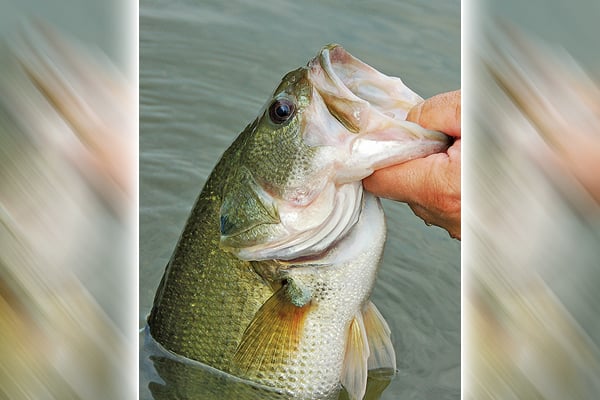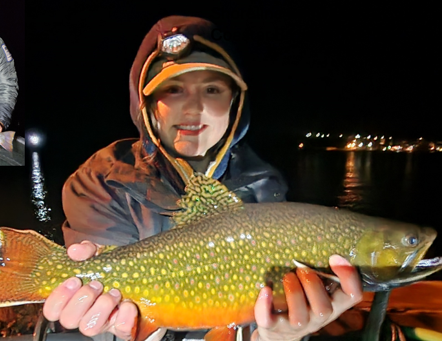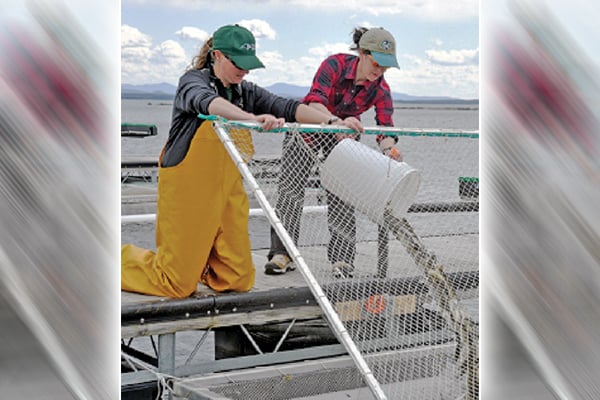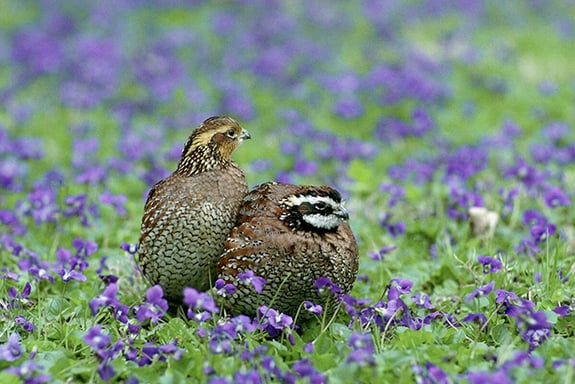Commentary: Re-imagining wetland restoration in Minnesota that’s good for wildlife and people – Outdoor News
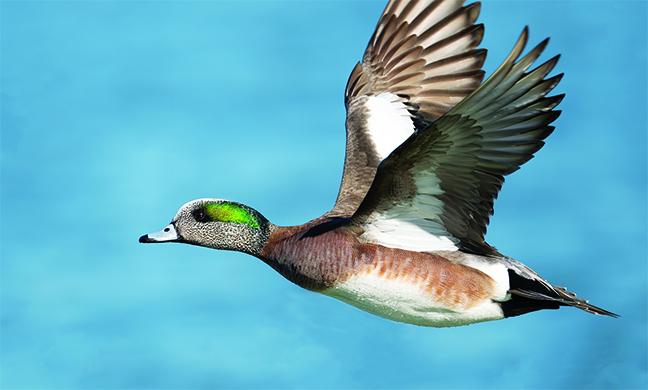
We all need food, water, and shelter to survive, and that’s true for ducks, too. The U.S. Fish and Wildlife Service is now advancing an effort in Minnesota to restore and enhance wetlands on federal waterfowl production areas (there are hundreds in the state).
Here’s how the USFWS is working with Ducks Unlimited to bring more small, seasonal wetlands to Minnesota’s prairie and grasslands in a way that’s good for wildlife and for people.
Under the rows of corn and soybeans in many parts of Minnesota are subterranean drainage systems (tile) that remove water from the surface and aim to increase crop production and farming efficiency. While this may be great for farms, it makes the area pretty much flyover country for waterfowl that need places to rest, feed, and reproduce.
Across the United States, this relatively invisible skeleton has removed about 100 million acres of wetlands. In addition to the loss of wetland habitat, drainage systems concentrate pollutants such as nitrogen and alter flooding for those living downstream.
Made up of underground, perforated pipes, referred to informally as drain tile, these systems are like a bathtub drain. One of our first tasks when restoring old agricultural lands is to locate and remove these tiles.
MORE COVERAGE FROM MINNESOTA OUTDOOR NEWS:
Minnesota’s new muskie plan will put an emphasis on yearling stocking
Outdoors-related bills already in play during early stages of Minnesota Legislative session
Restoration: It’s more than a feeling
That’s how it feels to make massive change on the landscape and bring more waterfowl to the prairies and grasslands of the Midwest. Meet Brianna, Nick, and Sophie – part of a team of biologists leading the restoration work on the ground. They work for Ducks Unlimited, and they’re helping the USFWS bust tile.
This partnership blends state funding from the Lessard-Sams Outdoor Heritage Fund, with federal funds from the North American Wetland Conservation Act and the Inflation Reduction Act to employ restoration biologists who design custom improvements to the highest priority waterfowl production areas in the Prairie Pothole Region in the western part of the state. Since 2021, more than 560 wetlands have restored or improved through this partnership.
Ducks Unlimited biologist Brianna Ashworth, who works in the Fergus Falls Wetland Management District, describes one of her first restoration projects at PCA Waterfowl Production Area as transformational. The 408-acre unit within the forest-prairie transition zone of Otter Tail County had a long farming history that had built up sediments in the basin and the surrounding uplands and welcomed invasive cattails and Siberian elm.
Ashworth worked to remove 1,368 feet of clay drainage tile. Just weeks after the Ducks Unlimited restorations, she noted: “Seeing the wildflower response to the spring burn and the yellowlegs sandpipers utilizing the freshly excavated wetland edges on this waterfowl production area was rewarding and motivating for me.”
Ashworth isn’t alone in marveling at the results.
Based out of the Litchfield Wetland Management District, Nick Hoffard and Sophie Arhart broke ground on one of their first projects in August 2024 at Sogge Waterfowl Production Area in Todd County. Within a matter of weeks, they could see the change. Seeing wetlands come back is a point of pride for them, and seeing the natural systems come back so quickly is inspirational, they say.
How did they do it? These biologists scraped cattails, and rebuilt failing ditch plugs and filled others. They also restored uplands and wetland edges – from a monoculture of invasive plants back to native wildflowers, grasses, and sedges. It’s not just adding cordgrass, tickseed sunflower, and fox sedge to the landscape; the crew also removed about 330 feet of tile.
“The sound of hearing the tile crunching under the three-ton bucket of the excavator gave us a feeling of immense satisfaction and pride,” Arhart said. “Although the work we do benefits many different kinds of critters, seeing broods of waterfowl species using our restored wetlands puts the icing on the cake.”
And it’s more than bustin’ tiles
Since wetland-restoration biologists first started removing drainage systems in the 1960s and returning wetlands to a natural system of prairies and grasslands, the practice has advanced from the basic idea that if a wetland drain is removed, the wetland would be restored. Today, there’s a much more holistic review of the history of land use and its effects on wetlands.
Because these lands are protected for everyone to enjoy, it’s best to increase the longevity of the restorations so that they’re as long-lasting and as high-quality as possible. Contemporary techniques are designed to restore the ecology and hydrological function of a piece of land. Rather than just plugging a ditch or breaking a tile drain, tiles are removed, as is the sediment from prior land use and the hybrid cattail mats that resulted.
Ditches are completely backfilled whenever possible to restore the natural movement of water. Getting the right mix of native plants is essential to restore a landscape. With that in mind, high-quality wetland edge seed mixes are used to battle invasive wetland plants such as hybrid cattails and reed canary grass.
Visit your public lands
As units of the National Wildlife Refuge System, waterfowl production areas are generally open to hunting and other recreational activities.
In addition to the economical and ecological importance that these areas bring to the Upper Midwest, they also serve as natural sponges that reduce run-off and help local communities with flood control.

